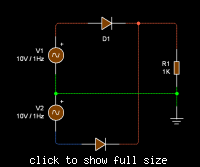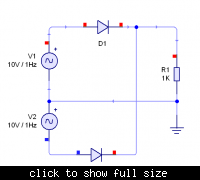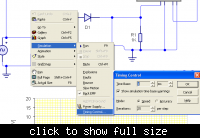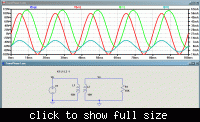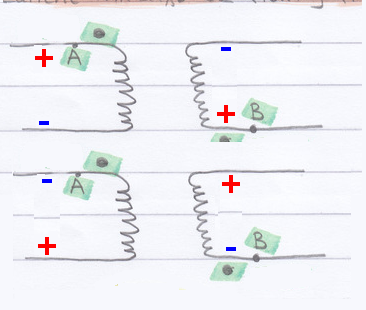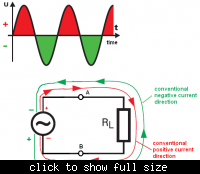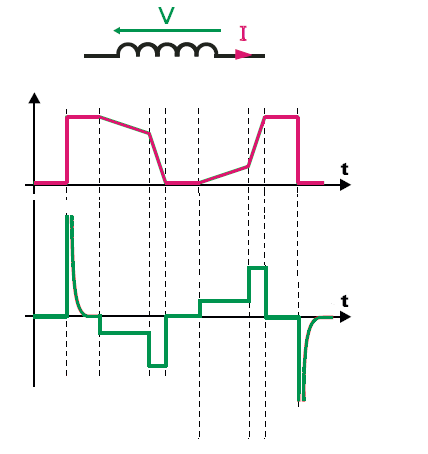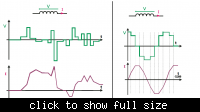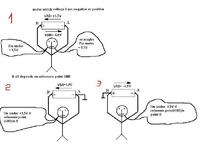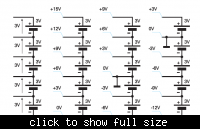PG1995
Full Member level 5

Many, many thanks for the reply, Jony. It was very much helpful. It seems that my questions weren't that much stupid.:wink: If it weren't people like you I would have bade farewell to my studies long time ago!
I have downloaded trial versions of both simulators: Yenka Electronics, CircuitWizard.
CircuitWizard: Features - Circuit Wizard - Products - New Wave Concepts Limited
Yenka Electronics: Design and Technology
I wanted to have a simulator which shows the flow of electrons so that I can understand current is flowing through different components. Do you think If I had Yenka or CircuitWizard, then it has shown me that during positive half cycle current flows from A to B etc. concerning that transformer question above? I haven't installed those simulators yet. I watched a couple of videos on Utube about the simulators but none of the videos showed the electron flow!:???:
Best regards
PG
I have downloaded trial versions of both simulators: Yenka Electronics, CircuitWizard.
CircuitWizard: Features - Circuit Wizard - Products - New Wave Concepts Limited
Yenka Electronics: Design and Technology
I wanted to have a simulator which shows the flow of electrons so that I can understand current is flowing through different components. Do you think If I had Yenka or CircuitWizard, then it has shown me that during positive half cycle current flows from A to B etc. concerning that transformer question above? I haven't installed those simulators yet. I watched a couple of videos on Utube about the simulators but none of the videos showed the electron flow!:???:
Best regards
PG
The previous posts of this thread were multisim related, they can be found https://www.edaboard.com/threads/217987/ [alexan_e]


